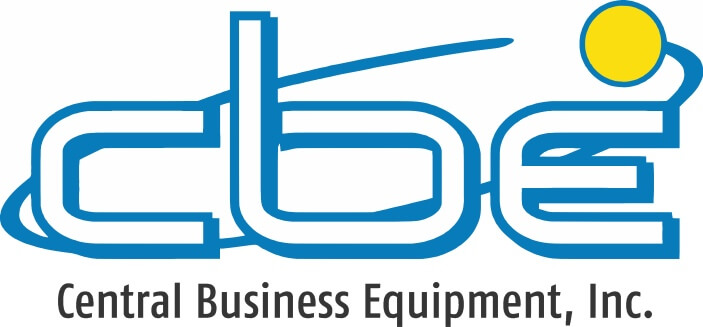4 Tips to Safely Disinfect Office Equipment
With people steadily trickling back into the office after quarantine and the spread of COVID-19, and flu season on the way, disinfecting and cleaning regularly is more important than ever. Keeping your office and your equipment disinfected is your first line of defense against the spread of harmful germs. So we’ve pulled together a list of tips on how to safely and effectively sanitize and disinfect your office equipment.
1. Continuously Clean for Best Results
High touch areas like the printer, the scanner, the phones, and the digital smartboards in your office are the most likely places for your company’s employees to pick up unwanted germs. To keep yourself and your coworkers safe, you have to disinfect these surfaces after every use, not just a few times a day.
Put up signage to remind everyone to wipe or spray down the surface before and after they use the office equipment and to wash their hands afterward to reduce the possibility of germ transference.
2. Wipe Your Office Equipment Down With the Right Cleaners and Disinfectants
All office equipment will have its own specific cleaning instructions, but there are a few generic tips that work for most machines. Please read the owner’s manual, cleaning instructions, or speak to your office equipment maintenance team before you use cleaning products on your office equipment to avoid damaging them irreparably.
In general, rubbing alcohol and disinfectant wipes are safe to use on solid, non-screen surfaces like handles and paper trays. Never spray devices with ammonia-based chemicals. This can irreparably discolor and damage your multifunction printers’ and scanners’ screens. The best way to clean the screens is to power down your device completely, dampen a clean, lint-free cloth with an alcohol and water mixture (70% isopropyl alcohol and 30% water should work), and gently wipe down the screens.
Do not press hard on the screens and try not to soak the cloth so much that excess drips on the screen or into crevices. If you’re not careful, water can get trapped under the screen and damage it or make it difficult to read. Do not spray the cleaning solution onto your office equipment.
While you should be doing this throughout the day, it’s imperative that you wipe down all high touch surfaces before you leave for the day. If you let the bacteria and other germs sit overnight, they can breed and multiply, making it more difficult to sanitize appropriately the next day.
3. Power Down Your Devices Before Cleaning
Before you sanitize your office equipment, you should always unplug and power down the device completely. This will keep you from electrocuting yourself in case of spills or drips. It also ensures that spills and drips will not enter the machine while it is running, which can spread the moisture to other areas of the mechanics and cause widespread electrical issues.
4. Encourage Touch Free Options
We know it’s not always cost-effective or possible to do so, but we highly encourage that you invest in multiple – or even individual – printers and scanners to reduce the concentration of use and touch. Having one printer per department instead of per floor can make a huge difference in the effectiveness of your sanitization efforts. Fewer people touching the devices means fewer opportunities to spread illness, and it also means easier tracking and containment protocols should someone contract COVID-19.
Many of our advanced printers and scanners offer mobile and desktop apps that can help you digitize your process and reduce touch as well.
In all cases, offering single-use sterile gloves can help reduce the spread of germs as well. You just have to ensure that people put on the gloves before using the equipment and then discard them immediately to prevent carrying germs from the office equipment back to their desks.
If you have any questions about how to properly sanitize your office equipment, contact Central Business Equipment. We’re happy to answer your questions and we’ll always customize our advice to your equipment’s exact make and model.
